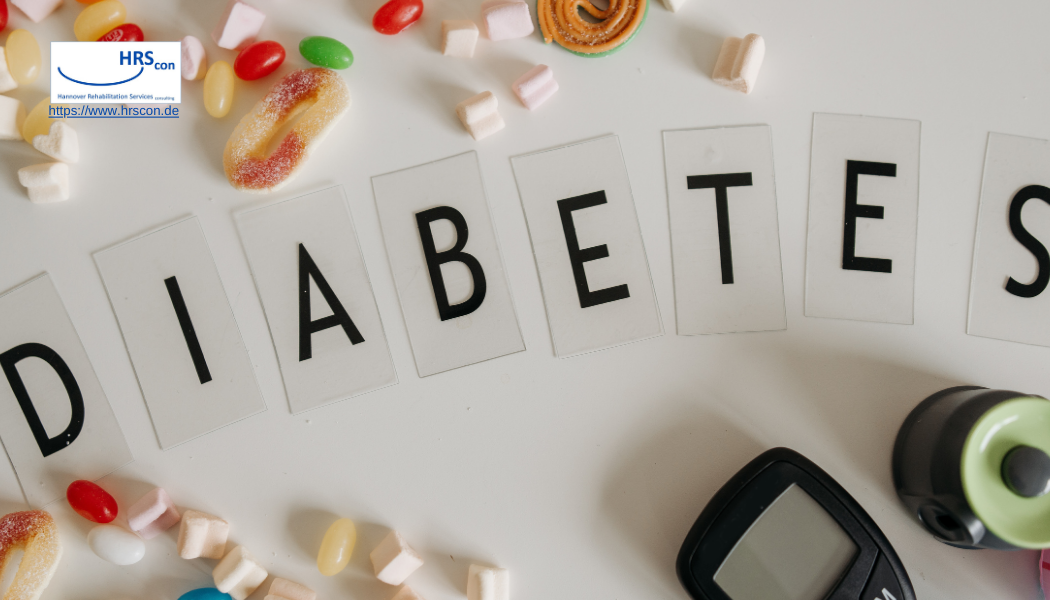In the global fight against Type 2 Diabetes Mellitus (T2DM) and obesity, exercise has always been hailed as a cornerstone of prevention and management. Now, emerging research takes this understanding a step further by unveiling the profound effects of combined training (CT)—an integrative regimen of strength and aerobic exercises—on metabolic health.
A pivotal study, published in the European Journal of Sport Science, demonstrates how CT enhances glucose metabolism, alters key hormone levels, and transforms overall fitness in individuals with T2DM and overweight. Conducted at the University of Campinas, Brazil, the study’s 16-week randomized controlled trial offers a promising outlook for those battling these chronic conditions.
Understanding Combined Training: More Than Just Exercise
Unlike traditional exercise programs that focus exclusively on aerobic or strength training, combined training integrates both modalities into a single session to amplify the benefits of each.
Structure of the Training Program
The CT regimen employed in this study adhered to guidelines from the American Diabetes Association and the American College of Sports Medicine. The sessions, held three times a week, were divided into two components:
- Strength Training (30 minutes)
- Repetition Focus: Participants performed 3 sets of 10–12 repetitions for each major muscle group.
- Intensity: Weight was adjusted to range between 50%–75% of the participant’s one-repetition maximum (1RM), ensuring progressive overload while maintaining safety.
- Rest Periods: A short rest of 60–90 seconds was allowed between sets.
- Exercises:
- Leg Press and Bench Press were staples of the program, targeting lower and upper body strength.
- Additional movements included bodyweight squats, dumbbell rows, and resistance band exercises tailored to individual fitness levels.
- Aerobic Training (30–35 minutes)
- Intensity: Moderate to vigorous intensity (50%–70% of VO₂max, tailored for each participant).
- Activity: Walking or jogging on a treadmill, cycling on a stationary bike, or low-impact cardio.
- Duration: The aerobic segment was strategically placed after strength training to optimize fat oxidation and caloric expenditure.
This balanced combination addresses both cardiovascular endurance and muscular strength, creating synergistic benefits for glycemic control and weight management.
Why Combined Training Works for T2DM and Obesity
CT uniquely influences the body’s metabolic and hormonal systems, making it particularly effective for individuals with T2DM. Here’s how:
- Muscle Contraction and Glucose Uptake: Strength exercises stimulate glucose transporters (GLUT4) in muscle cells, enhancing glucose uptake independent of insulin.
- Cardiovascular Benefits: Aerobic training improves mitochondrial function, lipid metabolism, and insulin sensitivity.
- Hormonal Regulation: The CT group showed significant reductions in fasting levels of hormones like GLP-1 and amylin/IAPP, which are often elevated in T2DM and linked to metabolic dysregulation.
- Body Composition: A simultaneous reduction in fat mass and increase in lean muscle mass was observed, improving the body’s basal metabolic rate and overall fitness.
Key Findings of the Study
The 34 participants (17 in the CT group and 17 in the control group) underwent comprehensive pre- and post-training evaluations. Results revealed a stark contrast between those who engaged in combined training and those who remained sedentary:
| Measure | CT Group (Change) | Control Group (Change) |
|---|---|---|
| GLP-1 Levels | -9.3% | +1.2% |
| Amylin/IAPP Levels | -13.4% | +4.8% |
| Body Fat Percentage | -7.6% | No change |
| HbA1c (Glycated Hemoglobin) | -6.5% | +4.5% |
| Waist Circumference | -5.2 cm | +0.3 cm |
| Lean Mass (Muscle) | +2.8 kg | No change |
Participants in the CT group also reported improvements in overall energy levels, mobility, and quality of life.
The Science of Hormonal Adjustments
GLP-1 and GIP
Glucagon-like peptide-1 (GLP-1) and glucose-dependent insulinotropic polypeptide (GIP) are hormones known for their role in stimulating insulin secretion. Surprisingly, CT led to a reduction in GLP-1 levels, contradicting the goal of many pharmacological treatments.
Researchers believe this reduction reflects the improved insulin sensitivity achieved through exercise, reducing the body’s reliance on GLP-1 to regulate glucose.
Amylin/IAPP
Amylin is a hormone secreted alongside insulin to help regulate appetite and prevent post-meal glucose spikes. High baseline levels of amylin are associated with insulin resistance and inflammation. The CT-induced reduction in amylin levels suggests a healthier hormonal balance and a reduced risk of complications such as cardiovascular disease and neurodegeneration.
DPP-4 Enzyme
The study also observed a slight increase in DPP-4 enzyme levels in the CT group. While DPP-4 inhibitors are commonly prescribed to boost GLP-1, the rise in this enzyme may reflect the CT-induced metabolic shift, requiring further investigation into its role as a potential myokine (muscle-secreted factor).
Participant Insights: A Life-Changing Routine
Many participants in the CT group expressed gratitude for the program’s simplicity and effectiveness. One participant, a 53-year-old woman with T2DM, shared her experience:
“Before starting this program, climbing stairs left me breathless. Now, I can enjoy outdoor walks with my family without worrying about fatigue. My blood sugar levels are better, and I feel like I’ve gained control of my life again.”
What Sets Combined Training Apart?
Combined training offers a tailored, practical solution that addresses multiple health parameters simultaneously:
- Accessibility: With just three sessions per week, the regimen is achievable even for busy individuals.
- Holistic Benefits: The combination of strength and aerobic exercises tackles cardiovascular health, muscular endurance, and hormonal balance.
- Sustainability: Unlike high-intensity regimens, CT emphasizes moderate effort, reducing the risk of burnout or injury.
Recommendations for Implementation
Healthcare providers can integrate combined training as part of a multidisciplinary approach to T2DM management. Tailored programs should:
- Begin with light to moderate intensities, increasing gradually to match the individual’s capacity.
- Include exercises that focus on functional movements, improving strength and mobility.
- Incorporate regular progress assessments, encouraging adherence through measurable results.
Looking Ahead: The Need for Future Research
While the findings are promising, researchers emphasize the importance of further studies to explore:
- The effects of CT on post-meal glucose levels and insulin dynamics.
- Long-term outcomes, such as the prevention of diabetic complications and cardiovascular events.
- Enzymatic activity changes, particularly DPP-4, to better understand its dual role in metabolism and exercise adaptation.
Conclusion
Combined training is more than just an exercise regimen; it’s a comprehensive intervention that empowers individuals to take control of their health. For people with Type 2 Diabetes and obesity, CT offers a sustainable, scientifically-backed approach to improving both metabolic health and quality of life.
The potential of CT to reshape diabetes management cannot be overstated—it’s time for the medical community to embrace exercise as medicine.




